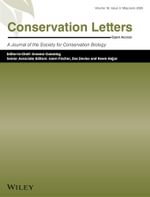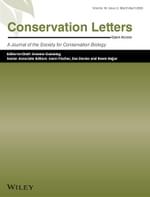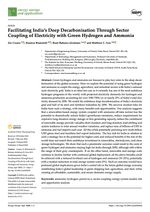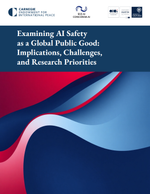Kerstin Hötte, Anton Pichler and François Lafond
View Journal Article / Working PaperSuccessfully combating climate change will require substantial technological improvements in Low-Carbon Energy Technologies (LCETs), but designing efficient allocation of R&D budgets requires a better understanding of how LCETs rely on scientific knowledge. Using data covering almost all US patents and scientific articles that are cited by them over the past two centuries, we describe the evolution of knowledge bases of ten key LCETs and show how technological interdependencies have changed over time. The composition of low-carbon energy innovations shifted over time, from Hydro and Wind energy in the 19th and early 20th century, to Nuclear fission afterWorldWar II, and more recently to Solar PV and back toWind. In recent years, Solar PV, Nuclear fusion and Biofuels (including energy from waste) have 35-65% of their citations directed toward scientific papers, while this ratio is less than 10% forWind, Solar thermal, Hydro, Geothermal, and Nuclear fission. Over time, the share of patents citing science and the share of citations that are to scientific papers has been increasing for all technology types. The analysis of the scientific knowledge base of each LCET reveals three fairly separate clusters, with nuclear energy technologies, Biofuels and Waste, and all the other LCETs. Our detailed description of knowledge requirements for each LCET helps to design of targeted innovation policies.




